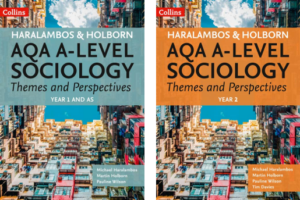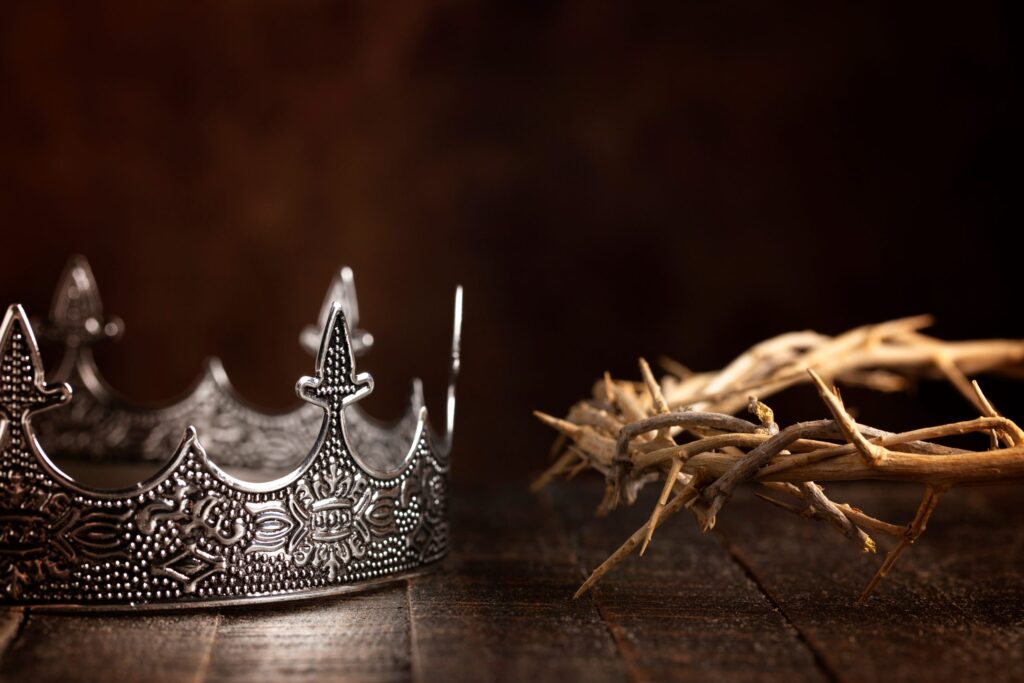Louis Theroux’s most recent BBC documentary on polyamory: ‘Altered states: Love without limits’ has got the general public and the sociological world talking. Polygamy, polyamory or non-monogamous relationships in general have long been considered to be structures that are confined to the past or in parts of the non-western world, however it seems that there is a growth in the popularity of such relationships and it is a topic that students seem fascinated in and it can be taught as part of The Family unit, Culture & Identity or just as a feature of Post-modernity.
A good starting point is to ask students why many societies arrived at the idea of monogamy in the first place, which elicits some interesting responses as you can imagine, if you then ask them to consider what the sociological perspectives believe about how we developed monogamous relationships in society it becomes an excellent exercise in application of theory to a scenario of real interest.
The Functionalist view notes that the monogamous family structure suits many societies because it allows a clear division of roles which match the needs of a family unit to operate, an individual taking on the instrumental role and an individual taking on the expressive role. Parsons refers to the ‘functional fit’ model whereby the traditional nuclear family suits the requirements of a modern industrial society, in other words he says it is logical and practical with clear and uncomplicated roles.
The Marxist view interests the students much more and raises a few eyebrows too. In a world when people were much more promiscuous, those men that had wealth or possessions had no way of monitoring who their children were. Engels suggested that monogamous marriage became a way of men being able to pass down their wealth through inheritance to their sons and thus keep their money within their own family name. This also supports some psychological theories that argues males may have a deep rooted fear of cuckoldry and raising children that are not biologically their own.
Likewise, many Feminists writers see monogamy in a negative way, as a movement that maintains patriarchy through the female being treated like a possession handed over from the father to a husband on her wedding day. Theorists such as Armstrong and El-Saadwawi have also written extensively about how monotheistic religions further pushed the movement of monogamy and have probably been the key factor in the shaping of this discipline in the last 2000 or so years.
Theorists such as Bauman and Lyotard have long stated that increased freedom, choice and individuality are key components of post-modernity; these factors would certainly fit with reasons why polyamory is rising in popularity in certain countries too. A more liberal attitude to sex, promiscuity and attitudes towards sexuality in general in the western world would also lend itself to a wider social acceptance polyamory which allows choice and flexibility. In an article in the Observer newspaper, Elf Lyons notes “When I started getting to know people in the poly community it was as liberating as taking off an underwired bra. I have had partners of both genders. I didn’t have to “choose”: the people I met understood that it was possible to give infinite, equal love to both sexes. My confidence soared. I wasn’t hiding. Men and women had equal place in my life. I no longer felt like a pendulum, swinging from one to another.” (Guardian, July 2017)
There are also arguments from some areas of the biological world to suggest humans may not actually be suited to monogamy, it is certainly true that large numbers of people do not have a single partner throughout their lifetime and serial monogamy is arguably more common practice in the UK than a single partner for life. A recent 2018 study by Trustify also notes that many people who are married do not necessarily stay faithful: When asked “Did you ever commit infidelity while you were married?” 36% of our male participants and 21% of our female participants answered yes. When asked “Did your spouse ever commit infidelity,” 58% of men and 65% of women answered yes.”(Trustify, October 2018)
Indeed, our closest relatives in the animal kingdom such as chimpanzees, bonobos and orangutans all live in promiscuous societies which would also suggest early humans and our common ancestors were also non-monogamous. Perhaps this indicates that even where humans are monogamous, it is a form of self-regulation that opposes our natural urges and desires rather than a natural state of being.
These theories then would all perhaps suggest then that monogamy is not desirable and polyamory has many benefits? Well, actually, large numbers of students are still fairly opposed to polyamory, even those that are more liberal in their attitudes towards issues such as sexuality, marriage and cohabitation. It becomes really interesting to ask students why they tend to be pro-monogamy and more often than not would choose this path in their own relationships. It appears that many still see monogamy as desirable (even if it were difficult to maintain) and polyamory as odd or immoral even when it is consensual.
After a lot of discussion on the issue with my students and trying to get to the root cause as to why monogamy seems more popular than polyamory, it seems to mainly come down to social norms; the fact that most societies are just used to it, have grown up with it and associate love and romance with faithfulness and loyalty between two people. Certainly Hollywood films and mainstream pop music would tend to focus on love between two people rather than three, or four or five (you get the idea), perhaps our ideas that relationships should be monogamous are no more than social constructs?
If you are studying the topic of The Family or just looking for a discussion point as a class starter or to fill 10 minutes at the end of the lesson then this is a really enjoyable one to put out there. It allows the students to apply sociological theory, apply sociological terms and also explore cultural differences. It is also opens up the discussion as to whether one day marriage and monogamy will become a thing of the past and whether relationships will one day return to the more open structures of our early ancestors.
References
By Matthew Wilkin
Matthew has been teaching Sociology for 16 years and has taught in the UK, Kenya and Spain, he currently teaches at Bellerbys College in Brighton. Matthew runs the www.podology.org.uk website and is continuing his mission to visit every country in the world.
He is also a contributing author to the new Themes and Perspectives books written specifically for the AQA A-level Sociology specification.




